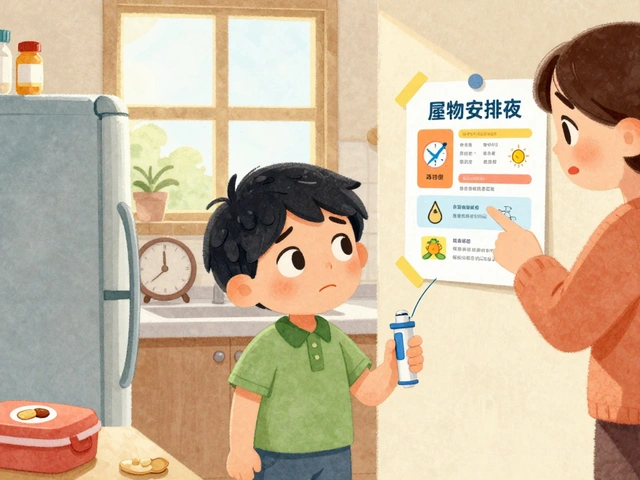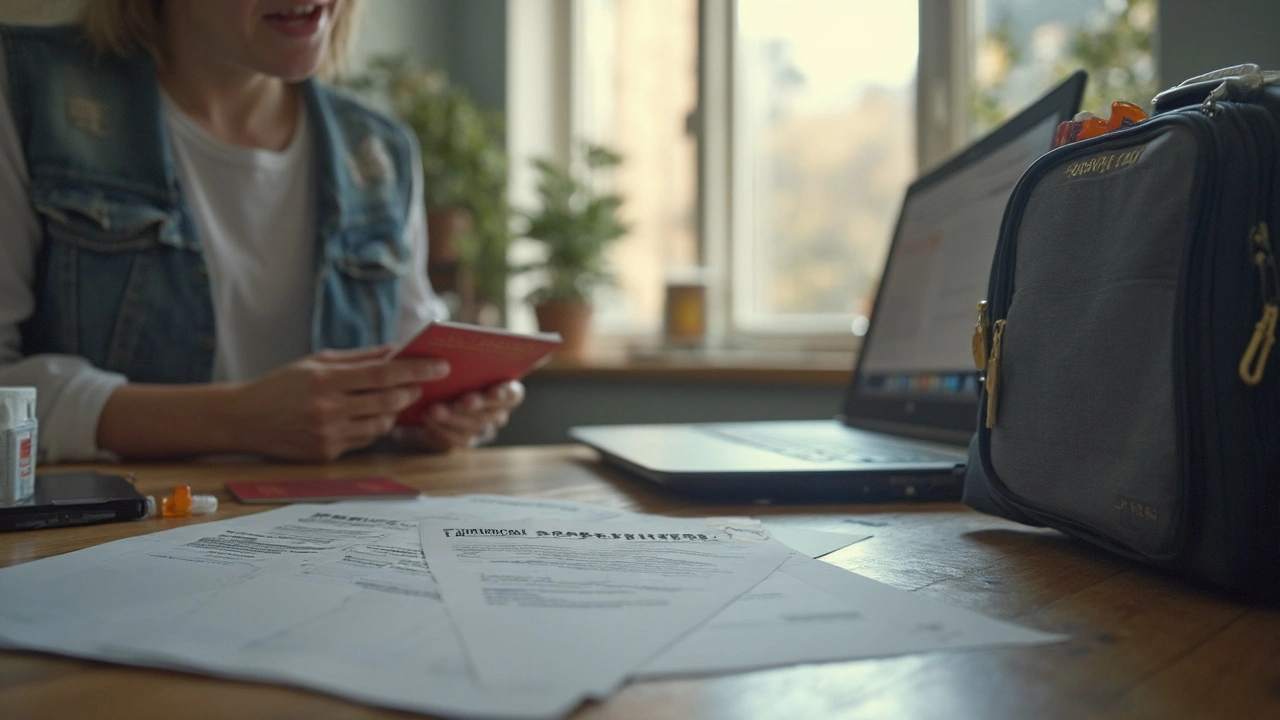Prohibited substances USA: what’s banned and how to avoid trouble
Want a quick reality check? The U.S. controls hundreds of drugs and chemicals — from street drugs like fentanyl to some prescription meds and even certain supplements. Breaking those rules can mean fines, jail time, or losing your shipment at the border. This page gives simple, practical steps so you know where to look and what to do.
How the rules work
The main players are the DEA (scheduling illegal and controlled substances), the FDA (drug approvals and safety), and CBP (customs enforcement at borders). Many drugs fall into DEA schedules I–V based on abuse risk and medical use. Schedule I means no accepted medical use in the U.S. — think heroin or certain research chemicals. Schedules II–V include opioids, stimulants, and some sedatives that are legal only with a valid prescription.
State laws matter too. A drug legal in one state (like some cannabis products) can still be illegal federally, so crossing state lines or flying with it carries risk. Also watch supplements — ingredients once sold freely (ephedra, sibutramine) have been removed or restricted after safety problems.
How to check if a substance is prohibited
Start with the DEA’s list of controlled substances online. If you’re importing, check CBP guidance and FDA import alerts. For prescription medicines, confirm they’re FDA-approved and that you have a valid prescription in your name. If an online seller claims a drug is legal because it’s “research only” or “not for human consumption,” that’s a major red flag.
Common items people trip up on: fentanyl analogues and many synthetic opioids, anabolic steroids without proper paperwork, some benzodiazepines and stimulants, and unapproved weight-loss or performance enhancers. Even small quantities can trigger enforcement if the product is listed or appears suspicious.
Workplace and travel issues: many employers test for opioids, amphetamines, and marijuana. Airports and international mail are strict — declare medications and carry prescriptions in original packaging. For international travelers, check both U.S. and destination country rules before you pack.
Practical tips: always keep prescriptions and doctor notes, buy meds from licensed pharmacies, use pharmacy chains or verified online pharmacies (look for pharmacist contact info), and avoid “research chemical” vendors. When in doubt, call your pharmacist, DEA diversion office, or CBP for clarification.
Want help with a specific drug or shipment? Give the drug name and where you’re shipping from or to, and you’ll get targeted guidance on legality, documentation, and safe options to stay compliant.
24
Navigating Customs Laws: Key Rules on Importing Medication into the USA
Get all the facts you need about customs regulations for importing medication into the USA. This article goes deep into the rules about prohibited substances, prescription drug limits, and how U.S. Customs enforces these laws. Packed with tips, surprising facts, and practical advice, it's the real guide anyone needs before ordering meds from abroad. Stay within the law, keep your meds safe, and know your options.
Latest Posts
Popular Posts
-
 Constipation from Medications: Complete Management Guide
Constipation from Medications: Complete Management Guide
-
 Allergy Action Plan: Essential Medications to Carry and When to Use Them
Allergy Action Plan: Essential Medications to Carry and When to Use Them
-
 Acromegaly: Understanding Excess Growth Hormone and Effective Treatment Options
Acromegaly: Understanding Excess Growth Hormone and Effective Treatment Options
-
 How to Keep Medications Safe from Children and Pets at Home
How to Keep Medications Safe from Children and Pets at Home
-
 Antipsychotics and Stroke Risk in Seniors with Dementia: What You Need to Know
Antipsychotics and Stroke Risk in Seniors with Dementia: What You Need to Know


